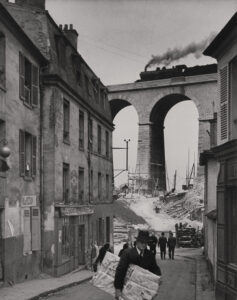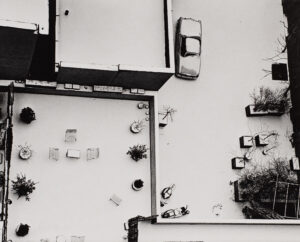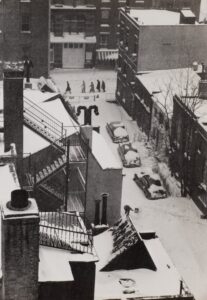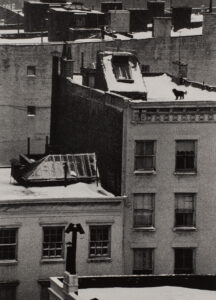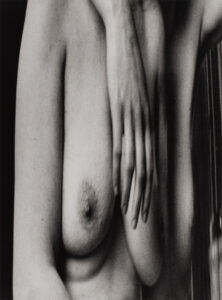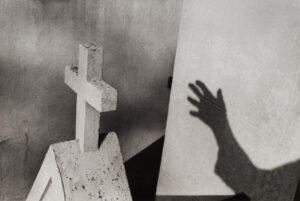André Kertész
Hungarian/American, 1894—1985
About
André Kertész
Hungarian/American, 1894—1985
One of the early users of the hand-held, 35 millimeter camera, André Kertész was a pioneer of ‘spontaneous’ imagery, and is known for his innovative visual language of playful humor and surrealism. His deceptively simple yet compelling photographs suggest a lyrical narrative and deeper significance that has made Kertész one of the most important and influential photographers in the history of the medium, though during his lifetime, he felt he was never adequately recognized. In 1925, André Kertész began work as a freelance photographer in Paris, working for dozens of European magazines, and within a short time he’d met and made portraits of some of the great artists living in Paris, including Piet Mondrian, Marc Chagall, Alexander Calder, Constantin Brancusi, Sergei Eisenstein, and Tristan Tzara.
In 1927 Kertesz’s scenes of the streets of Paris earned him his first show at an avant-garde gallery; two years later he was included in the seminal Film und Foto exhibition. In the 1930s he created his famous series of distorted nudes, and was recognized as a pioneer in the medium, becoming a mentor to such photographers as Robert Capa, Brassai, and Henri Cartier-Bresson. In 1936, Kertész moved to New York on a contract, and found himself caught in the impending war and unable to return to Paris. In 1955 he was insulted when his work was excluded from Edward Steichen’s Family of Man exhibition, and though his images appeared often in magazines, he was rarely credited. Kertész endured a period of obscurity until 1964, when John Sarkowski at the Museum of Modern Art organized a one-man show and his career was reawakened. André Kertész’s photographs were shown regularly during the following decades, including solo exhibitions at the Moderna Museet in Stockholm, the Centre George Pompidou in Paris, the Chicago Art Institute, and the National Gallery of Art in Washington D.C., among others. There are numerous monographs of his oeuvre.
